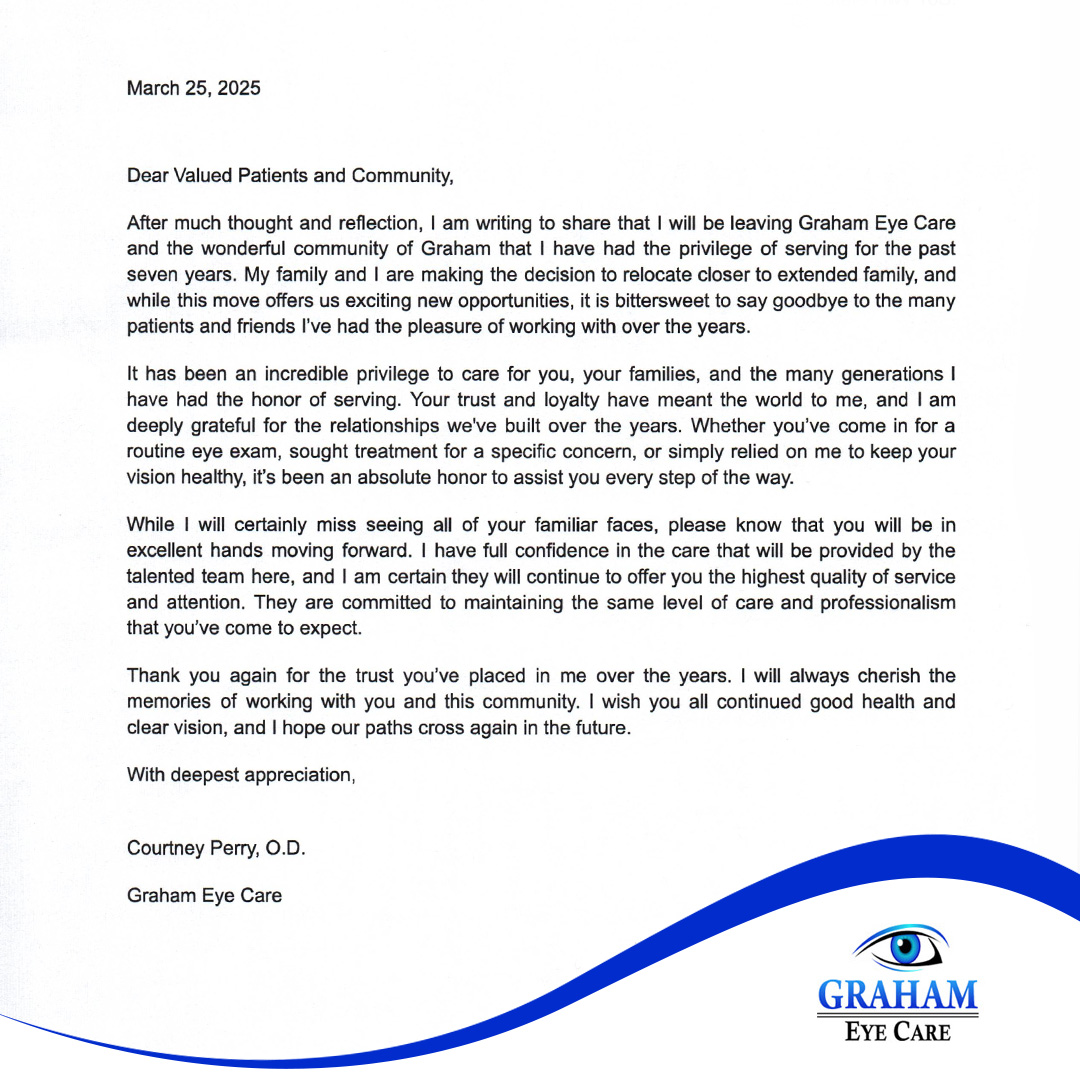
Macular degeneration is a condition that impacts the health of your retina and, eventually, the quality of your vision. It is a common condition that primarily affects people over 50 but can also affect younger people in particular circumstances.
It affects about 288 million people worldwide and 20 million adults in the United States. The condition can be managed and slowed down, but there is no cure yet. So, without medical attention, you can lose your sight.
What Is Macular Degeneration?
Macular degeneration is a condition that affects the retina and impacts your central vision. When the disease advances significantly, patients with it are usually unable to see things right in front of them.
This is because it only affects the part of the retina that helps maintain central vision, the macula. This means that when patients lose sight due to the condition, they only have partial blindness because their peripheral vision is still intact.
Macular degeneration comes in two primary forms:
Atrophic or Dry Macular Degeneration
This is the most prevalent form of the condition, affecting between 85% and 90% of all people with macular degeneration. Atrophic MD usually happens very slowly, and it may take a long time before a patient notices something is wrong.
Sometimes, but very rarely, the advanced stages of the atrophic or dry form can change to the wet form of the condition. Atrophic MD usually occurs when drusen, yellow protein deposits, collect and increase under your macula. As the deposits grow in number, they dry out the macula and cause it to be thin, reducing its function.
Exudative or Wet Macular Degeneration
Wet MD is more dangerous than dry MD, making it more urgent. It usually occurs when the macula develops new and abnormal blood vessels that leak fluids and blood; the name exudative refers to the oozing of fluids into the macula.
The oozing fluid usually causes the macula to bulge, damaging the macula and impeding function. The development of this form is faster, and you will usually start seeing dark spots in your vision soon after its development.
Who Is at Risk of Getting MD?
The risk for the condition is much higher in older people, hence the more common term, age-related macular degeneration.
However, several risk factors can predispose you to developing the condition.
Unhealthy weight
Being Caucasian or white
Smoking
High-saturated-fat diets
High blood pressure or hypertension
What Are the Symptoms?
The symptoms of the condition are typically very slow to manifest, as the condition usually develops gradually. It impacts the ability of the macula to convert visual information into electrical signals for the optic nerve. Often, the symptoms manifest once the condition reaches its advanced stages.
Here are some of the symptoms to expect:
Blurry vision
Lines that should be straight start to look curvy when you look at them.
Inability to see in low-light conditions when you were initially able to
Dark spots or blank spots in your central vision
Low vision
Changes or problems in the way you perceive colors








